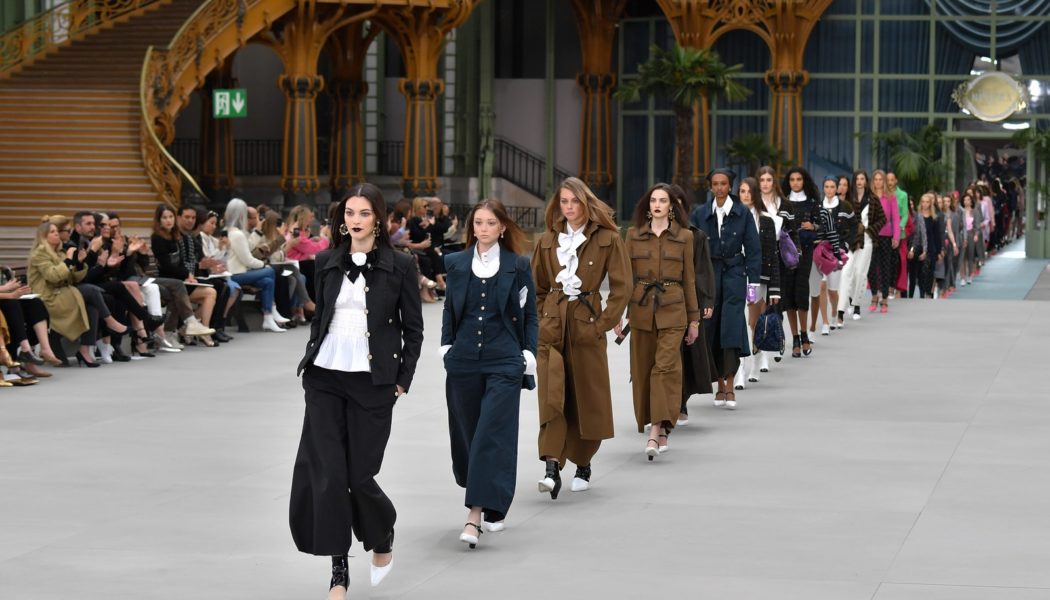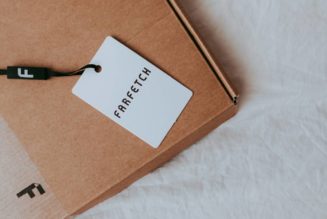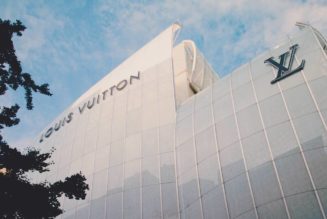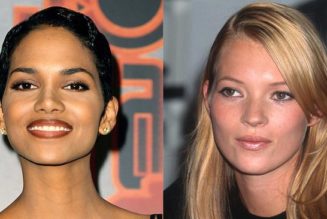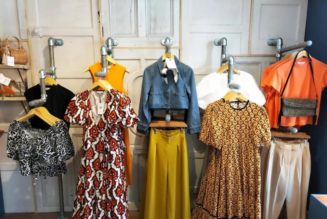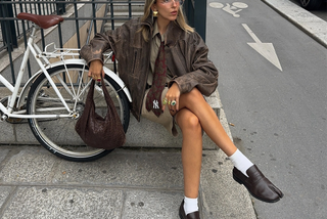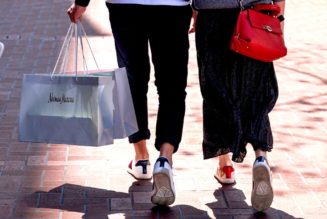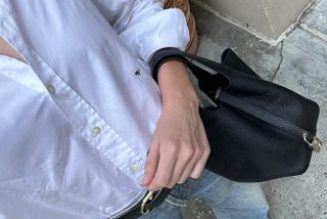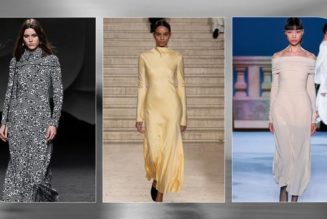This article was originally published in the Luxury Beauty Trend Report. Receive your copy here
One of the hottest topics currently debated in beauty is whether luxury is losing its lustre.
From the rise of affordable beauty brands and dupes to the slowdown in China, the beauty industry has kept a close eye on whether prestige beauty is faltering.
The wider backdrop of market turbulence for luxury fashion houses adds a further layer of concern.
Nevertheless, beauty continues to hold the enviable position as the entry point to luxury, and the flurry of fashion house debuts, including Prada, Dolce & Gabbana, Celine and Balmain, reflects not only its importance as a sales driver but the comparative stability of luxury beauty.
Fragrance, which led luxury beauty in 2023, remains the brightest star for the segment, with high end and niche brands continuing to lure consumers, who are willing to trade up even during a financially challenging time.
“We know that luxury is under uncertainty, we all read it, and the results of a lot of different groups are showing it,” says Jonathan Brinbaum, MD of Bulgari Fragrances, “But within that, perfumery and high end perfumery continues to grow, and I have a strong belief that is going to continue.
“This is because it has returned to kind of experience they want in luxury, which, let’s face it, was different ten to 15 years ago when there were a lot of discounts and promotions… it was a bit disappointing.
“But today, the trend is wonderfully different. Clients have returned to being interested in brands that are making a good artistry of fragrance.
“As a fragrance maker, one cannot be happier.”
Premium fragrance sales soared by 12.2% globally in 2023 according to Euromonitor International.
The combination of high inflation and the higher unit price of fragrances – which sit above other categories of beauty and personal care – was a clear driver.
More encouraging for luxury fragrance brands is that over the past three years there has been a significant consumer shift towards super-premium and high-end fragrance.
Matt Maxwell, Business Unit Director, Health & Beauty at Kantar, says: “The dynamic of super premium luxe brands, like Jo Malone London, are really driving growth, and for the wider prestige beauty market, this means they are pushing up the average price.
“One third of prestige beauty sales in the UK are now priced over £50 per product, and they are growing by 42%.
“It’s interesting that although we are in a cost of living crisis and people are worried about their money, we are seeing a record number of sales at the highest price points.”
Brands in the top tier of the pricing pyramid continue to grow elsewhere in beauty too, with luxury skin care being bolstered by challenger brands such as Augustinus Bader and Dr. Barbara Sturm.
Make-up has seen the continued success of Charlotte Tilbury and the swift rise to success of TikTok favourite Rare Beauty, since launching in 2022.
Euromonitor International explains, in its Premium Beauty and Personal Care in the United Kingdom report: “The online popularity of Rare Beauty has translated into it recording 82% growth in 2023, making it the strongest performer in premium colour cosmetics.”
Legacy brands, meanwhile, have been advancing their marketing strategies to engage younger Gen Z consumers.
Chanel‘s appointment of Timothée Chalamet as ambassador for Bleu de Chanel, is framed as a new direction for the brand that focuses on ‘daring’ and ‘determined self-discovery’.
Luxury beauty is not without its challenges – the threat of rising prices still threatens to price some consumers out of the market, while affordable yet high-value brands continue to advance especially in skin care.
There is also the ongoing supply chain disruption and mounting pressure on luxury brands to become more sustainable.
Nevertheless, consumers continue to invest in luxury make-up, skin care and fragrance regardless of restricted disposable incomes, because “these categories… have the most tangible results and are the most emotive, leading to a sense of value for money,” says Euromonitor.
For them, luxury beauty continues to delight, dazzle and surprise.
Trends will be revealed in detail throughout June exclusively to subscribers, so don’t miss out and subscribe.
Trend 1: The unprecedented rise of challenger brands
The gap is widening between prestige challenger and legacy brands.
Chanel, Dior, Lancôme, Clarins and Estée Lauder are among the legacy leaders that have ruled luxury beauty for decades, and retain the largest market share. But today, the question is for how long.
In luxury beauty, challenger brands including Jo Malone London and Charlotte Tilbury are driving the growth in beauty, compared to the traditional players, according to the latest data from Kantar.
The past decade has seen a profusion of brands including Huda Beauty, Augustinus Bader, REFY, Trinny London, DS & Durga and Gisou scale rapidly, and this trend explores how and why challenger and niche brands continue to soar ahead – but also the legacy brands that are standing out as exceptions.
Trend 2: Beauty’s next billionaire brands
Fenty Beauty, Pat McGrath Labs, Charlotte Tilbury and Kylie Cosmetics easily spring to mind as beauty brands that have reached billionaire status, and all within a decade of launching.
But their monumental success is also a monumental exception to the rule, and only a very small percentage of beauty brands make it to the billion-dollar dream.
This trend explores which brands could hit this elusive milestone next.
Trend 3: Middle East tourism
Summer is officially here, which means that the world of luxury retail will be preparing for a tourist surge from the Middle East.
The UK has long been a favourite tourist spot for Middle Eastern visitors, with affluent customers from the region flocking to London and other European cities to shop for luxury goods.
But over the past 18 months, brands have seen Middle Eastern tourists visiting Britain in growing numbers during the summer months.
For beauty and fragrance, these consumers are some of the biggest buyers both in volume and purchase price, and this trend looks at what kinds of brands and products can win their spend.
Trend 4: The allure of oud
Bold, expensive-smelling, long lasting and unique: oud is bang on the money when it comes to trending consumer preferences.
Known as the ‘liquid gold’ of perfumery, oud is one of the rarest and most expensive fragrance ingredients in the world.
Extracted from the resinous heartwood of the tropical evergreen Aquilaria tree, a CITES protected species found in parts of Southeast Asia, it has been used in fragrance for centuries.
But oud – one of the most polarising and heavy scents in perfumery – is now experiencing a modern revival as more approachable interpretations drive a global surge in popularity, as consumers look for more luxurious, opulent and distinctive scents.
Trend 5: India: luxury beauty’s new superpower
Demand is soaring for celebrity and international beauty brands as India enters a luxury revolution, and they are jumping on the opportunity.
Kylie Cosmetics, Fenty Beauty and Rare Beauty have all entered India over the past year, alongside dozens of other international players that aim to follow the success of players like Huda Beauty and Anastasia Beverly Hills.
“There is a strong uptick in international and cult celebrity beauty brands wanting a play in the India market,” says Sanjali Giri, Vice President of International Brands and Retail, at House of Beauty, a company that brings international beauty brands to India.
“Disposable incomes are rising; there is high aspiration and trend awareness in beauty consumers; more and more women are entering the workforce; and there has never been a better time for luxury, global beauty brands to launch in India,” says Giri.
Subscribe to Cosmetics Business to receive your copy of this must-have trend report.
